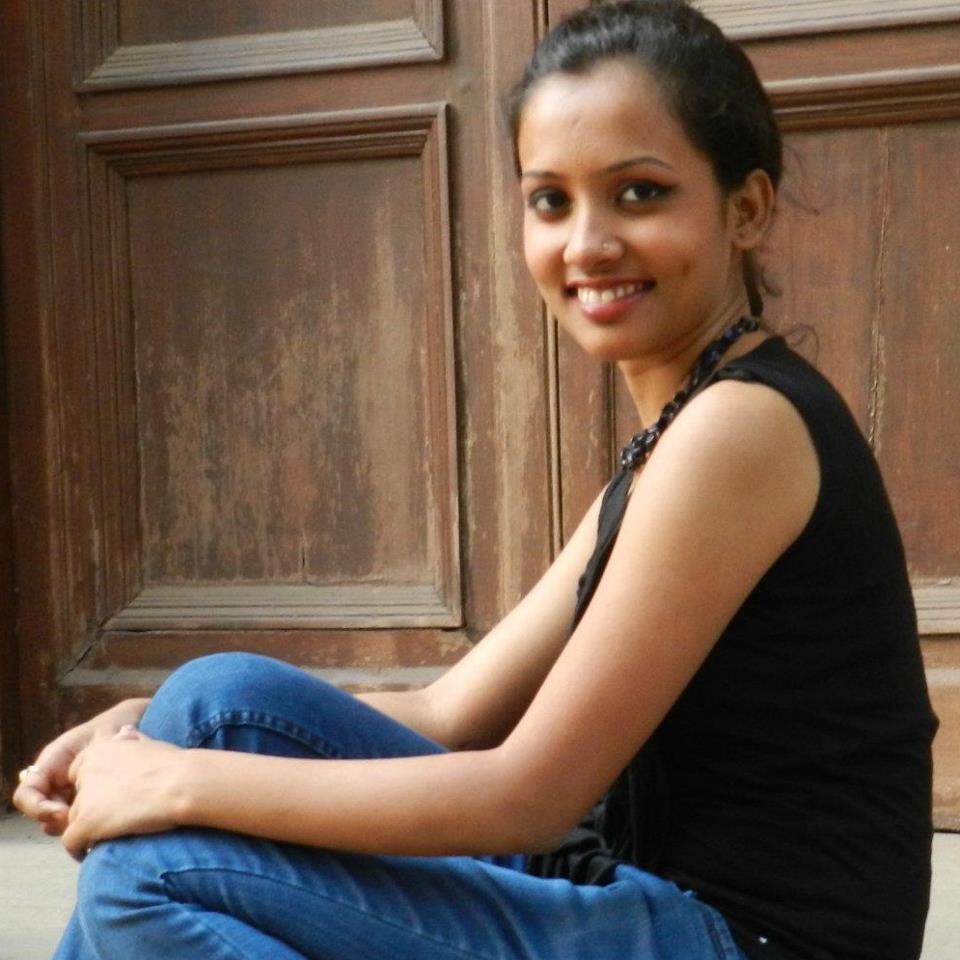Excerpts from the speech at State Adivasi Women’s Congress at Sulthanbathery (Wayanad), Kerala, on 25th January 2015
Beena Pallical
Jai Bhim and Johar!
I would like to congratulate the organizing body for organizing Adivasi women and having this conference as the first step towards empowering marginalized women. Over the last few hours, we have heard stories of physical violence, bodily harm and atrocities, and therefore, I will refrain from talking about this topic. We all know the situation that the Dalit and Adivasi women find themselves in. I will instead, talk about economic violence. I do think security is very important and we need to strengthen the Scheduled Caste and Scheduled Tribe (Prevention of Atrocities) Act, but we also need to look at our economic well-being. If we consider any Human Development Indicators, we can see that Dalits and Adivasis fare the worst in all of them, be it Malnutrition, Infant Mortality Rate, Morbidity etc.
A brief history of Special Plans
Dalits and Adivasis are citizens of India, and are endowed with rights and entitlements like anyone else in the country. As such, the Central and State Governments have the fundamental responsibility to protect us, promote our growth and development, ensure our participation in governance and mete out equal treatment in public and private spheres of life. One of the ways for the central and state governments to fulfill their obligations towards all the citizens, and particularly Dalits and Adivasis, is through the Five year plans and the Annual Budgets. In other words, in February-March every year, the Central and State Governments review how they had spent the revenue money during the past year, calculate what its income will be for the coming year and make plans on how to spend that money, for what purposes and for whom.

The Indian Government realized that despite launching many welfare and development schemes, the Dalits and Adivasis have not been benefitting from the Five Year Development Plans as much as other communities. The prevalence of untouchability and discriminatory attitudes necessitated special measures for the Dalit and Adivasi people’s development. Therefore, the Planning Commission of India introduced two important policy measures in the central and state plans and budgets: the Tribal Sub-Plan (TSP) for Scheduled Tribes in 1974-75 and Special Component Plan (SCP) for Scheduled Castes, later re-named as the Scheduled Caste Sub-Plan (SCSP), in 1979-80.
The main purposes of the SCSP and TSP are two-fold:
1) To set aside separately in the annual budget of each Central and State Government Ministry/Department, a specific budget amount that is proportionate to the population of SCs and STs, and
2) To spend the allocated budget money directly and solely for the welfare and development of SCs and STs by designing and implementing schemes that are useful for their development.

What has the Central and State Government promised under SCP/TSP budget allocation?
Of every Hundred rupees allocated every year by the Central and State Governments every year sixteen rupees will be spent for Dalits, and Eight rupees for Adivasis in that particular year itself. This money will be used on schemes which directly and solely benefit SC/ST individuals, households or SC/ST bastis /tolas / localities. Also, the government will keep the ‘hisab-kitab’ of this money in a separate account and report the expenditure every year to the Parliament and State Assemblies.
Although the sub plans are a great way to ensure economic liberation, there seems to be no political will to implement it. At the national level there is about one lakh crore rupees (one trillion rupees) available for the development of SCs and STs. Let us come to the situation in Kerala. The total amount for TSP in the state is 665 Cr Rupees (i.e., 66.5 million) for the year 2014-15, which is more than the population of Adivasis. The population is about 1.6 % and the allocation is about 3% (of the total budget that is about 20,000 Crs). It is almost the end of year but the utilization is only 43 % and only 65 days are left remain before the financial year ends. How can they utilize all this money before the end of the year?
Our demands, therefore, should focus on the Right to Planning, Right to Development, Right to Resources, equitable access to basic healthcare, equal participation in the planning process, all based on the Principle of non-discrimination. We need to have schemes relating to agriculture, education, and preservation of our culture and livelihood. It has to be noted that all the Adivasi communities cannot be treated as one entity or as a homogeneous group. Each community has its own particular issues which need to be taken into consideration. So the needs of each community can vary, but we need to demand land for the landless, schools and opportunities for higher education for our children, proper housing and healthcare and pensions.
~~~
Beena Pallical is a Dalit Women’s Rights activist specifically looking at Economic Rights of Dalit and Adivasis
